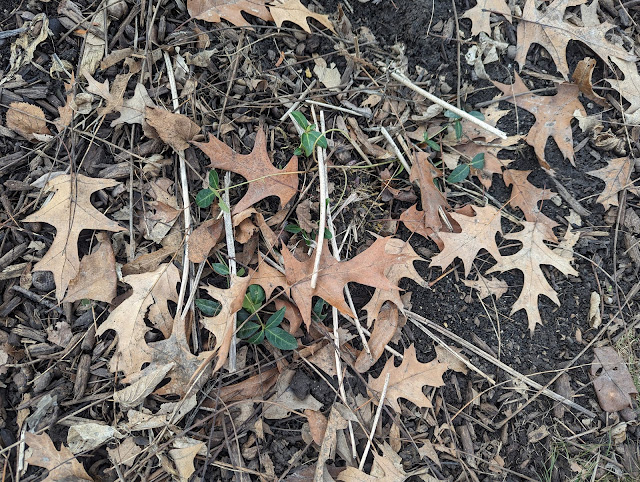Giant Gunnera At Muckross House Garden - Giant Foliage Plant - August 2025

The gardens at Muckross House include a traditional walled garden (with espalier) and an arboretum, a lake, the formal lawns and some informal gardens. One of those features a colony of giant Gunnera. And...I mean...GIANT. We were walking back to the bus from the Arboretum and spotted this patch of large, green foliage that almost looks like it is too-big-to-believe. This is Gunnera. With foliage that is bigger than just about anything you'll ever come across in a garden (Hand for size): It grows tall, too. KoTBTs for size: While super interesting, it appears that Giant Gunnera is invasive in Ireland - particuarly in the West side of the country .



